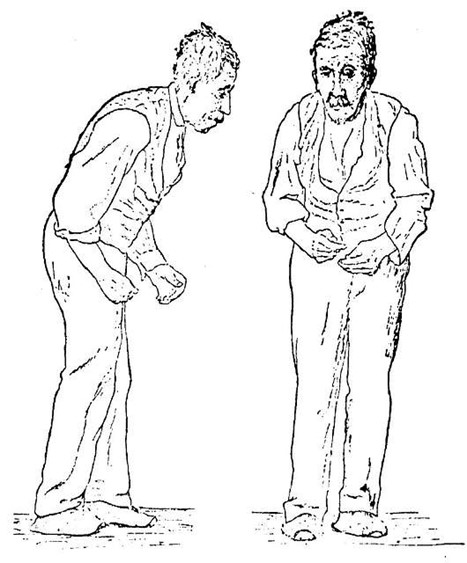Understanding Cutting and Self-Harm: Causes and Coping Strategies
In a world where stress, anxiety, and emotional turmoil often seem overwhelming, individuals may resort to various coping mechanisms to manage their emotions. One such coping strategy is self-harm, which includes cutting. While it might be difficult to comprehend why someone would intentionally hurt themselves, it’s important to approach the topic with empathy and understanding. In this blog post, we delve into the reasons behind cutting and self-harm, shedding light on the underlying psychological factors and suggesting ways to provide support.
The Link Between Cutting and Emotional Distress:
Cutting, a form of self-harm, is a distressing behavior that can be triggered by a range of emotional factors. It’s crucial to recognize that individuals who engage in self-harm are often battling intense emotional pain and cutting serves as a way to temporarily alleviate or express that pain. Factors such as:
- depression
- anxiety
- trauma
- feelings of emptiness
can contribute to the urge to self-harm. Acknowledging the connection between emotional distress and self-harm is the first step in offering effective help.
Understanding the Psychological Mechanisms:
To truly help those who engage in self-harm, it’s important to understand the psychological mechanisms at play. Self-harm can provide a sense of control in a chaotic world, offering a way to manage overwhelming emotions through physical pain. Furthermore, the act of self-harm can release endorphins, providing a momentary feeling of relief. This reinforces the behavior and can lead to a cycle of repetitive self-harm. By recognizing these underlying mechanisms, we can approach the issue with compassion and offer healthier alternatives.
Signs and Signals:
It’s not always easy to identify someone who is struggling with self-harm, as they may attempt to hide their actions. However, there are signs and signals that loved ones and friends can look out for.
- changes in behavior
- wearing long sleeves or pants even in warm weather
- unexplained cuts or scars
are potential indicators. If you suspect someone you know is engaging in self-harm, approaching them with empathy and non-judgment is essential.
Ways to Provide Support:
Supporting someone who is struggling with self-harm requires sensitivity and patience. Here are some strategies to consider:
- Open Communication: Encourage open and non-confrontational conversations. Let them know you’re there to listen without judgment and that their feelings are valid.
- Seek Professional Help: Encourage them to reach out to a mental health professional who can provide the appropriate guidance and therapy.
- Healthy Coping Mechanisms: Help them explore healthier ways to cope with their emotions, such as journaling, art therapy, meditation, or exercise.
- Build a Support System: Encourage them to connect with friends, family, or support groups to create a strong network of understanding individuals.
- Create a Safety Plan: Work together to develop a safety plan for when the urge to self-harm arises. This could include:
- distraction techniques
- emergency contacts
- grounding exercises
To learn more, check out this summary from Harvard Health Publishing.
By approaching the issue with empathy, compassion, and a willingness to listen, we can help individuals find healthier ways to cope with their emotions and work towards healing. Remember, the journey towards recovery is a collaborative effort that requires patience, understanding, and a commitment to promoting mental well-being.




